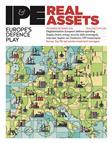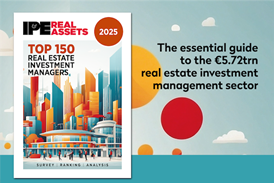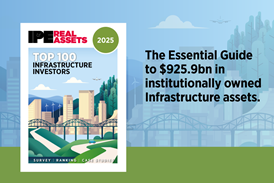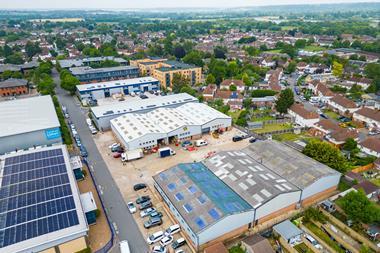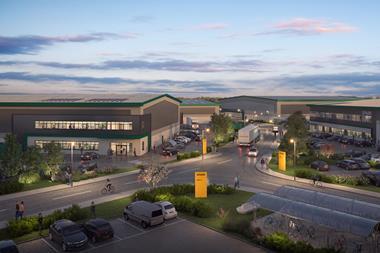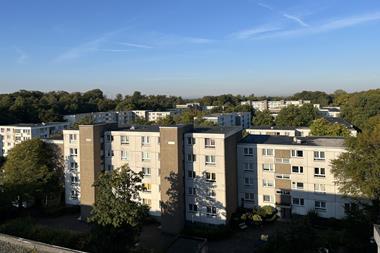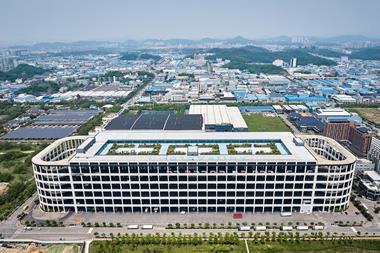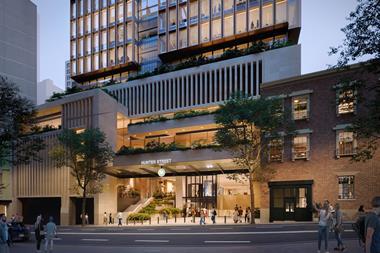European office occupiers navigate complex choices amid slow growth, market volatility and hybrid-work challenges, writes Anna Esteban
European office occupiers face a complex decision landscape, due to a combination of weak economic growth, volatile macro outlook and the complexities of designing and implementing hybrid-working strategies. Even AI gets in the way: assessing and providing for future space needs is proving increasingly complex.

Occupiers are pursuing a number of separate aims and strategies for delivering effective workplaces, in many cases reducing and consolidating footprint to save costs but at the same time selecting and managing better locations and buildings that generate greater engagement, more collaboration, align with their culture and are a magnet for talent.
But how are these diverging aims affecting the office leasing market?
We estimate that office leasing for Europe as a whole is up by around 3.5% year-on-year to Q1 2025, which tells us there is some upward momentum in the market, but this reflects a range of individual motives and trade-offs. CBRE’s expectation for leasing in 2025 is between a 5% and 10% increase.
So takeup is modestly rising, which is welcome news after a prolonged period of sluggish activity levels. However, when we look at the key European markets, so are vacancy rates.
Vacancy rates continue
Usually, under the most basic economic theories, rising vacancy rates translate to rents going down. If vacancy rates fall, rents tend to rise. But this simple correlation has decoupled over the last years.
Our Q1 data shows higher vacancy levels, in tandem with rising prime rents, presenting an uncommon market trend which has been consolidating post-pandemic.
In cities like Paris, Milan, Stockholm, or some of the main German cities (Munich, Düsseldorf or Frankfurt) we have seen very strong rental growth over the last 12 months, paired with steep increases in the cities’ vacancy rates.
But what are the drivers behind this, and is it likely to continue?
Perhaps the most obvious reason is that we’re increasingly seeing polarisation in the office market across Europe. The top priorities of occupiers – well located, grade A offices, are well documented. But such buildings are becoming a prized commodity as the development pipeline looks to catch up.
Central Business Districts remain the favoured destinations and have experienced lower levels of vacancy in recent years.
The rising vacancy rates tell us that occupiers are willing to leave space behind that doesn’t fit the bill, with little room for compromise.
As a result, the office market is being reshaped and this will lead to increased repurposing of space that no longer meets the needs of its users. This polarisation is visible across most of the main European markets, and it is likely to continue going forward.
We know that in the UK, almost 6m sqft of office stock was sold for repurposing between 2022 and 2024. Alternative uses are diverse, from life sciences and education to residential and hotels. These trends will need to be anticipated and proactively managed, as they will shape the cities of the future, and assets will need to be reworked with the user and occupier need at the centre of the strategy.
To read the latest edition of the latest IPE Real Assets magazine click here.

